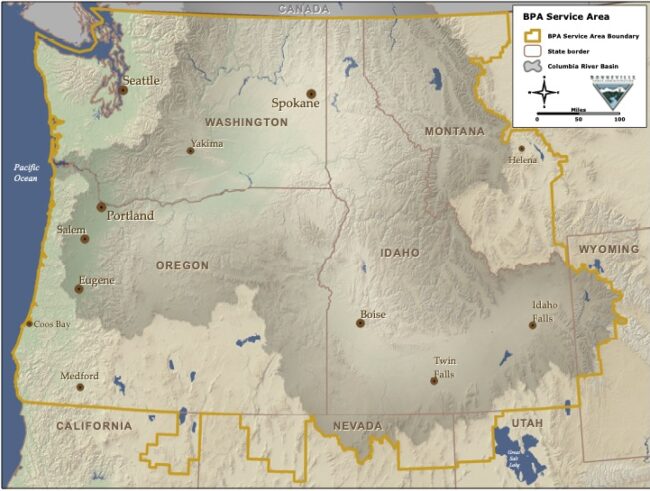by Nick Fitzmaurice
The Bonneville Power Administration (BPA) made a decision in May 2025 that could cost its customers millions of dollars, favoring the interests of BPA’s executives while jeopardizing the affordability and reliability of the Western electric grid.
Energy markets are one of the most complicated – and important – arenas when it comes to decarbonizing our energy system. They are the answer to the fossil fuel industry’s playbook to create doubt and confusion around clean energy, falsely pointing to the inherent variability of renewable wind and solar energy as a reason to rely on fossil fuels for so-called “base-load” power (an outdated, 20th century term).
Here in the 21st century, the variability of wind and solar can actually be a tremendous asset to the grid, particularly when these resources are dispatched across a large regional area where diverse weather patterns can provide complementary power at any given time. While electric transmission lines are the physical infrastructure that connects the grid system and delivers electricity from generators to consumers, energy markets dictate how these electricity transfers occur and which energy resources are utilized.
While fully-developed energy markets cover much of the U.S., the West is still a patchwork of entities juggling responsibilities. This is changing, generally to the benefit of affordable and reliable power in the West, but we are at a critical juncture that will determine how clean, affordable, and reliable the Western electric grid will be. It has long been understood that a single West-wide market would maximize benefits for electricity customers, but two competing markets are under development: the Extended Day Ahead Market (EDAM) managed by the California Independent System Operator (CAISO), and Markets+, managed by the Southwest Power Pool in the Midwest. While EDAM builds off of CAISO’s wildly successful Energy Imbalance Market (EIM) (NorthWestern Energy has realized over $153 million in benefits since joining in 2021), Markets+ is a wholly new market that threatens to splinter the trading of power in the Western U.S.

BPA Service Area
These two markets have been jockeying for utilities to join for several years, but hope for a unified Western market was dealt a blow when BPA announced in May that it would join Markets+. BPA provides market power and transmission service to a 300,000 square-mile region across eight states, including parts of Montana (see map). BPA’s decision could drive up energy bills, weaken grid reliability, and reduce access to clean energy across the West. It also made this decision counter to the law, which is why MEIC and several other organizations across the Northwest (represented by Earthjustice) are challenging BPA’s decision in court.
Many analyses, including those conducted by BPA itself, indicate that joining Markets+ would be far more expensive for electricity consumers than joining EDAM, or than simply delaying a final decision and sticking with the EIM (utilities joining Markets+ must exit the EIM). The Northwest Power Act obligates BPA to ensure cost-effective and reliable power for the Northwest, and BPA’s decision runs counter to that legal obligation. The decision also has tremendous ramifications for the environmental impacts of utilities’ electricity portfolios in the West, and BPA neglected to conduct any analysis required by the National Environmental Policy Act.
The development of an efficient and affordable market in the West is crucial for the clean energy transition and grid reliability. BPA should have to follow the law and consider what’s best for the region.
This article was published in the September 2025 issue of Down To Earth.

